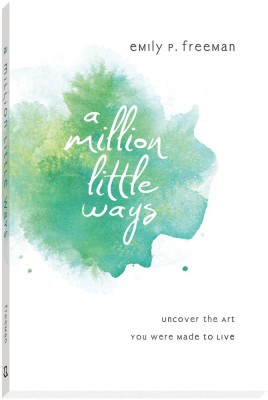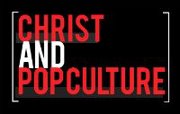Every few weeks I sift through the NPR podcasts; I always find an interesting array of interviews and news programs that give much to ponder. One I recently stumbled upon was an interview of author Michael Erard for his recent release, Um . . . Slips, Stumbles, and Verbal Blunders, and What They Mean. I am now reading this book, and I am thoroughly enjoying it. (See my previous post regarding this book.)
The book focuses on the concept of speech disfluency, which is defined by Erard as “an interruption in speech that can include filled pause/pause fillers, repairs, silent pauses, repeated words, prolonged vowels/syllables, and blocks.” We all have speech disfluencies, even the best orators among us.
Erard brings to readers summaries of insightful studies and research on disfluency patterns and provides this summary of the research that divides speakers into two disfluency groups:
Those in one group tended to say “uh” and “um” and also repeat words but didn’t restart their sentences or accidentally choose the wrong word. . . . Members of the second group were exactly the opposite: they tended to substitute the wrong words and restart their sentences, but they didn’t fill pauses or repeat words.
Speakers in the first group tend to have pauses in their speech patterns, and they fill those pauses with some sort of verbal noise (um, uh, such as, you know, etc.). Their rate of speech is a bit slower and has a sense of deliberateness to it. The speakers in the second group speak more quickly, with thoughts and phrases pouring forth as from a waterfall. The rate of speech leaves little time for deliberate word choice, causing them to substitute words incorrectly and restart their sentences once they are aware they’ve gone down an incorrect path of communication.
So far in my reading, Erard discusses disfluency only in regard to speech patterns. Because writing is my passion, I began to wonder if this concept of disfluency could somehow be applied to my craft.
The first type of disfluency—the one that results in pauses while communicating—may correlate to what we call writer’s block: that state of mind where thoughts will not gel and words escape us. Oftentimes I sit at my desk, hands poised over the computer keyboard, waiting for words to gather and pour forth and appear on the page. I loathe the days that all I am sensing in my writer’s mind is a prolonged, “Ummm . . .”
But sometimes my fingers can hardly keep pace with the thoughts that are forming in my mind. My fingers punch away on the keyboard, gloriously filling the white space with words. As I look back at what I’ve written, I see poor sentence structure that must be repaired; I see words that are weak and in need of replacement to better convey my intent. This may correlate to the second type of disfluency, the one that results in rapid-fire communication that is then in need of correction.
If the concept of disfluencies can be generally applied to the writing process, then we writers may be encouraged to know that both writer’s block and poor first-round writing are part of the territory. Some days we writers will labor to complete even one sentence; other days we may make seemingly impressive progress, only to find that much of what we’ve fleshed-out is in need of repair.
Disfluencies in writing (if there is such a thing), however, will be difficult to track because most writers practice their craft alone, whereas speech disfluencies are in the open, between two people or before thousands. Writing disfluencies would not have the same humorous outcomes either, although perhaps the writer may be personally amused at such quirks and missteps. And perhaps understanding writing disfluencies might bring a sense of normalcy to the often-lonely, heart-intensive writing process. If we are comfortable with the variations in our writing process, we may not feel such panic in the pauses that haunt or feel such frustration in the corrections required.
 Have you recovered from yesterday’s disappointing Groundhog Day results? Well, they aren’t all bad. With six more weeks of winter ahead, we have lots more time to cozy up with a good book. Like Emily Freeman’s A Million Little Ways: Uncover the Art You Were Made to Live.
Have you recovered from yesterday’s disappointing Groundhog Day results? Well, they aren’t all bad. With six more weeks of winter ahead, we have lots more time to cozy up with a good book. Like Emily Freeman’s A Million Little Ways: Uncover the Art You Were Made to Live.

















